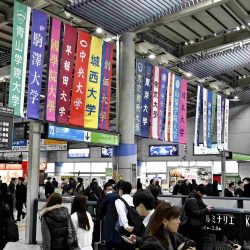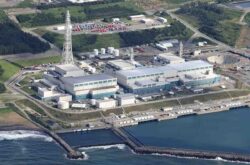Hyogo: Motomachi-dori District Marks 150 Years Anniversaire of Overcoming Hardship

The east side of Motomachi shopping street, which is a doorway to Motomachi-dori in Chuo Ward, Kobe
14:40 JST, June 29, 2024
KOBE — Motomachi-dori, a street which is a hub of the port city Kobe and has long supported its development, celebrated its 150th anniversary in May this year.

As the shopping street has seen many kinds of disasters, including wartime air raids and the 1995 Great Hanshin Earthquake, local people hope to pass on the legacy of the past 150 years to the next generation.
According to the Kobe Motomachi Shopping Street Association, the street was established on May 20, 1874, when the prefectural governor at that time proclaimed the current block of the shopping street as “Motomachi-dori.”

Motomachi-dori around 1871
This area was prosperous even before it was named since it was located along one of the important roads, the Saigoku Kaido highway. During the Edo period (1603-1867), there were already 220 houses lined up in the area, and the opening of Kobe Port in 1868 attracted more people and spurred development. Motomachi-dori is one of the oldest shopping streets in Japan, according to the association.
At present, Kobe Motomachi Shopping Street is 11 meters wide and 1.2 kilometers long, with about 300 stores, about 20 of which have been in business for over 100 years. Being close to tourist attractions such as the Nankinmachi Chinatown and Kobe Harborland, the district is bustling with tourists as well as local people.
During World War II, the shopping district burned down during the U.S. bombing of Kobe, but the shop owners at that time showed resilience. They received duralumin from military aviation manufacturers and used it to rebuild the stores, which became a symbol of the city’s postwar recovery.
Taizo Katayama, the chairman of the shopping street association, said that the Great Hanshin Earthquake was a major turning point for the shopping street. He is the third-generation owner of a shoe store that has been in business for more than 100 years.
Katayama said that having received a request from the municipal government, he reopened his store two weeks after the disaster. He remembers that he was reluctant to do so.
“I thought there was no point in doing business at a time like that.”
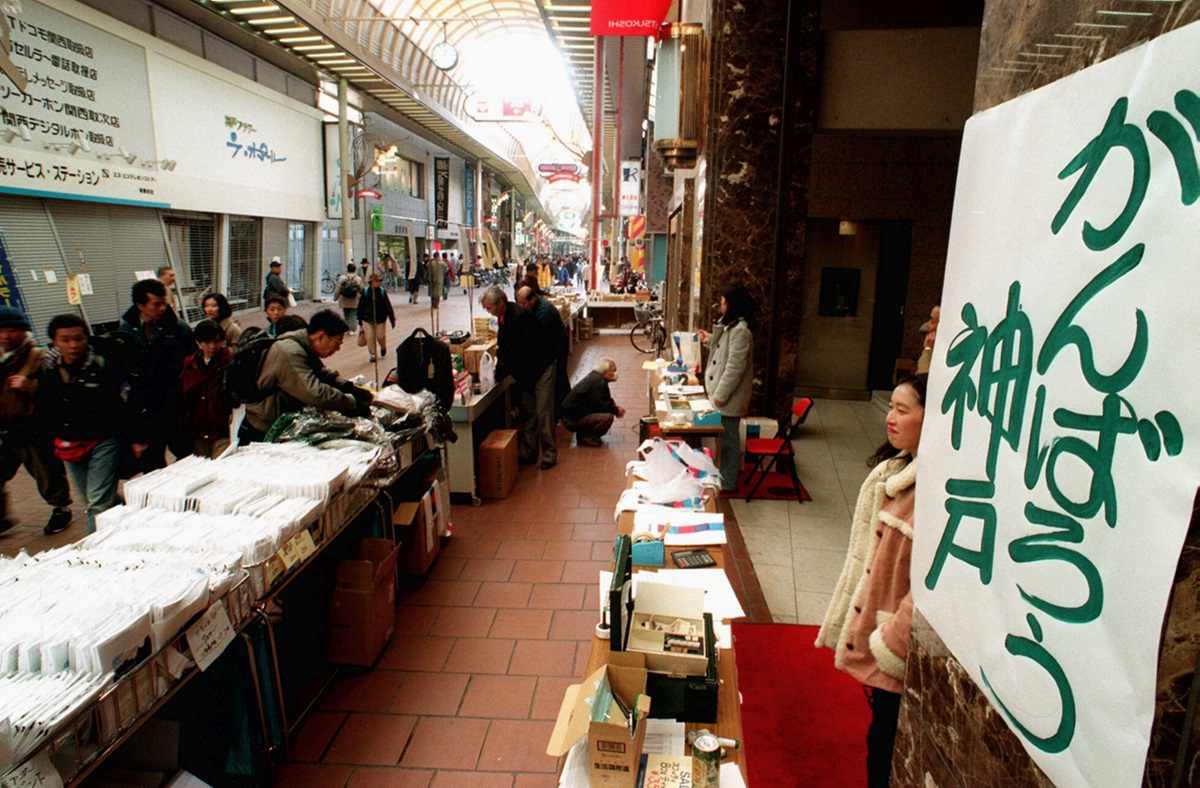
A store reopens and sets up a stall in front of its store with a message of encouragement: “Hang in there, Kobe.”
However, since nearby department stores were closed, work boots and slippers sold like hot cakes. He also offered hot tea to passersby. He remembers that many people expressed their gratitude to him.
After the earthquake, as apartment construction on a southern side of Motomach-dori, once the financial district, led to an increase in the residential population, new stores selling commodities such as fruits, vegetables, fish and medicine sprang up in the street.
“It has become a more community-based shopping district than ever before,” said Katayama.

A flag commemorating the 150th anniversary of Motomachi-dori hangs in the shopping street in Chuo Ward, Kobe.
After its 150th anniversary, Motomachi-dori will mark 30 years since the Great Hanshin Earthquake next January. Katayama has renewed his resolve.
“Even in times of disaster or other hardship, we want to continue to be a shopping street that provides necessities for locals.”
The shopping street has already conducted various commemorative projects, such as a photo exhibition. The 150th commemoration ceremony was held on May 20 in Chuo Ward, Kobe. Hyogo Gov. Motohiko Saito said at the ceremony, “I hope [the shopping street] will continue for the next 200 or 300 years, revitalizing Hyogo Prefecture and Kobe.”
Related Tags
"Features" POPULAR ARTICLE
-

Sanrio to Open Museum in Yamanashi Pref. Dedicated to Founder, Exhibits Include Hello Kitty, Other Characters
-
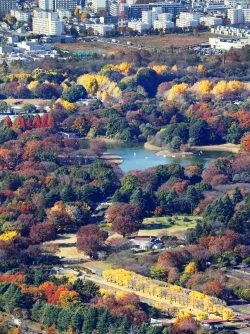
Autumn Foliage Surrounds Visitors to Tokyo’s Showa Kinen Park
-

My Daughter No Longer Speaks to Me, But I Want to See Her and My Grandchild
-

Kumamoto: Public Bath Refurbished as Library Where You Can Chat, Take Photos
-
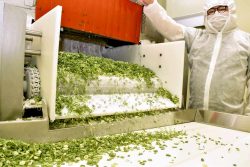
Frozen Vegetables: Demand Rises for Convenient, Tasty Domestic Produce
JN ACCESS RANKING
-

Tokyo Economic Security Forum to Hold Inaugural Meeting Amid Tense Global Environment
-

Keidanren Chairman Yoshinobu Tsutsui Visits Kashiwazaki-Kariwa Nuclear Power Plant; Inspects New Emergency Safety System
-

Imports of Rare Earths from China Facing Delays, May Be Caused by Deterioration of Japan-China Relations
-

University of Tokyo Professor Discusses Japanese Economic Security in Interview Ahead of Forum
-

Japan Pulls out of Vietnam Nuclear Project, Complicating Hanoi’s Power Plans








